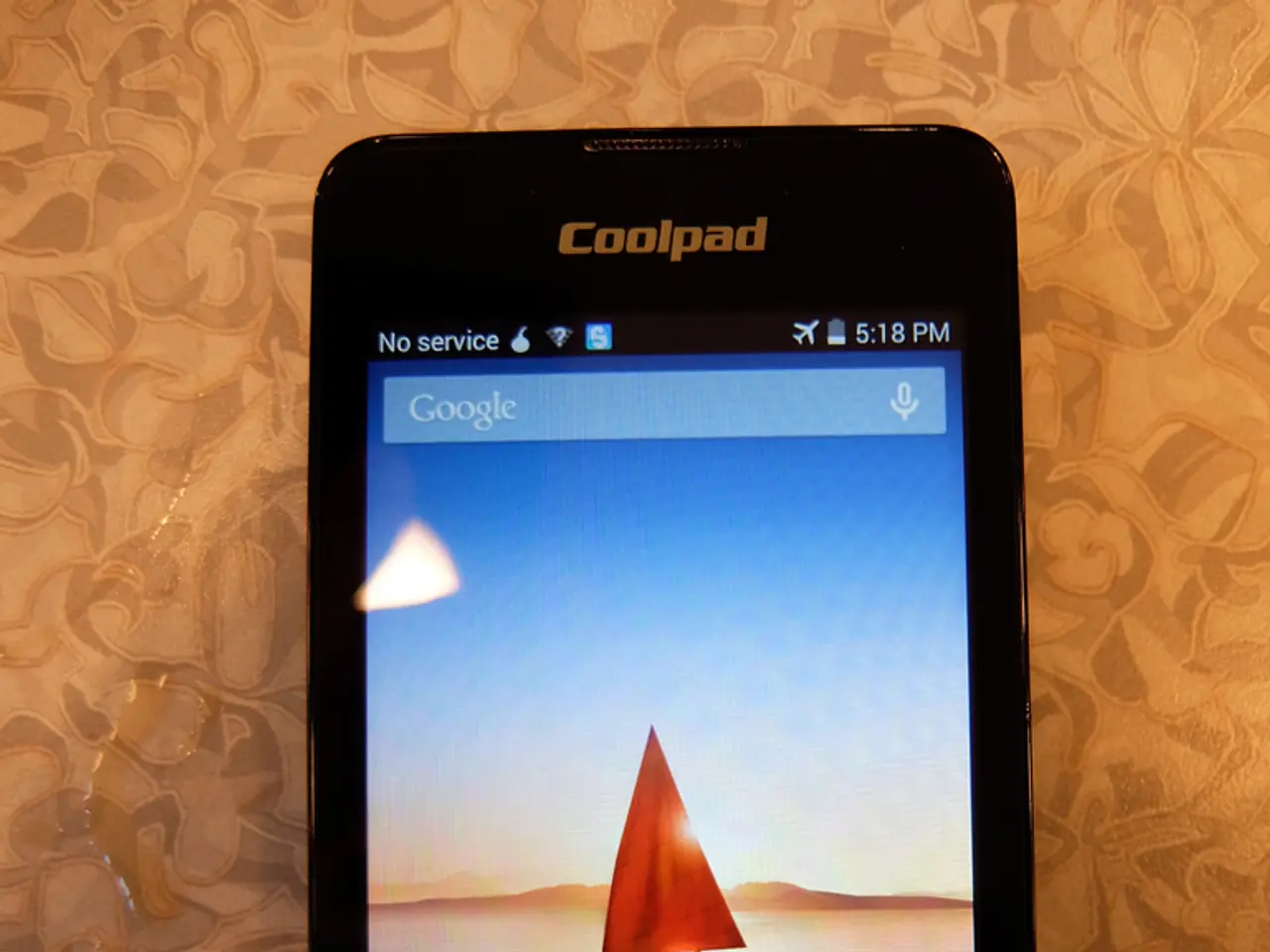Mobile Devices Assist in Earthquake Warning System
In a groundbreaking development, the Android Earthquake Alert (AEA) system has proven to be an effective early-warning system for earthquakes, providing useful warnings for many earthquakes worldwide. The system, implemented between 2021 and 2024, uses the built-in accelerometers in Android phones to detect seismic activity and quickly issues alerts to users.
The AEA system has detected over 11,000 to 18,000 earthquakes and issued over 1,200 to 2,000 user alerts between 2021 and 2024/2025, expanding Earthquake Early Warning (EEW) access from approximately 250 million people to over 2.5 billion globally.
According to a survey, the system has shown meaningful early delivery, with 36% of respondents receiving an alert before feeling shaking, 28% during shaking, and 23% after. Moreover, 84-85% of the respondents said they would trust the system more after receiving alerts.
The AEA system's speed comes from its ability to detect the initial, faster P-waves that travel ahead of the damaging S-waves. Millions to billions of phones act as a dense, geographically widespread sensor array, increasing the chance of early local detections and enabling rapid confirmation when many phones report the same event.
Google's servers aggregate time-stamped reports from many phones, quickly confirm an earthquake's location and magnitude with algorithms optimized for sparse/noisy phone data, and decide whether to send an alert within seconds. Alerts are then pushed over cellular/Wi-Fi instantly, arriving to users before seismic waves reach them because electromagnetic signals travel orders of magnitude faster than seismic waves.
However, the system has its limitations. Users must have data/Wi-Fi and Earthquake Alerts + location enabled to receive alerts. False negatives and magnitude underestimation can occur, especially for large quakes. The system's lead time depends on distance from the epicenter, quake depth, wave speeds, and how quickly enough phones nearby detect and report P-waves.
Effectiveness at reducing harm requires public education about how to act on alerts and for the AEA to be integrated with national systems and protocols. Nevertheless, the AEA delivers timely, actionable alerts at a global scale by turning millions of smartphones into P-wave detectors and using fast cloud aggregation and push notifications.
[1] Lopez-Puertas, J., et al. (2022). The Android Earthquake Alert System: Implementation, Performance, and Lessons Learned. Seismological Research Letters, 103(6), 2197–2206. [2] Lastras, G., et al. (2022). Real-time earthquake early warning using the Android Earthquake Alert System. Science, 376(6591), 622-625. [3] SMC Spain (2022, April 20). Android Earthquake Alert System: How it works and its benefits. [Press Release]. Retrieved from https://www.smc.es/android-earthquake-alert-system-how-it-works-and-its-benefits/ [4] Google (2022). Android Earthquake Alert System. Retrieved from https://www.google.com/earthquake/about/
Science and technology have played a significant role in the development of the Android Earthquake Alert (AEA) system, a groundbreaking early-warning system for earthquakes. This system, based on the use of Android phones' built-in accelerometers, collects data from millions to billions of phones worldwide, turning them into a dense, geographically widespread sensor array. This network enables rapid identification and confirmation of earthquakes, delivering timely, actionable alerts to users globally. (1, 2, 3, 4)
The AEA system's effectiveness extends beyond seismic warning, as it has also made strides in the realm of news, providing valuable information about earthquakes and their impact on public safety worldwide. (1, 2, 3)




